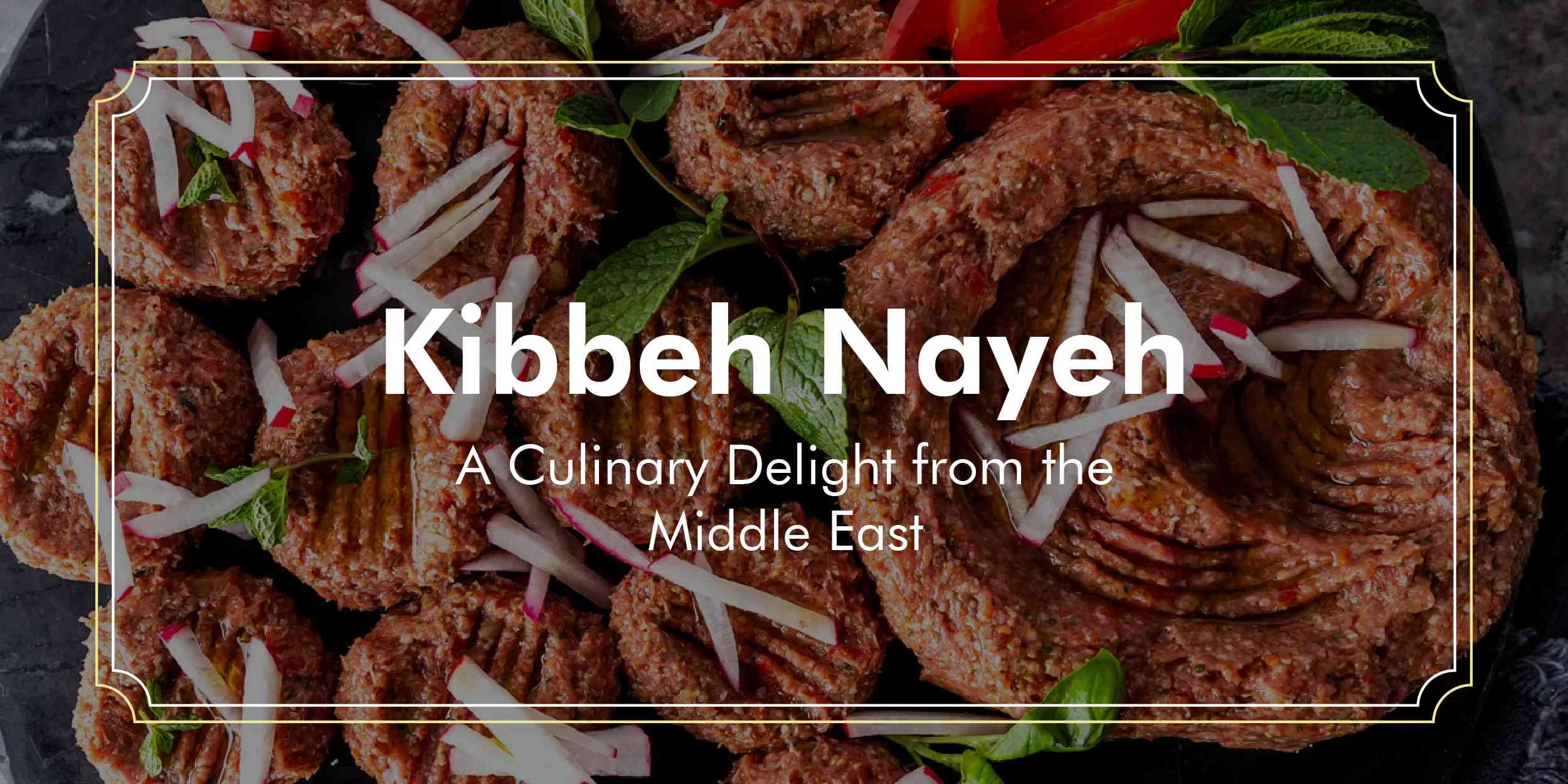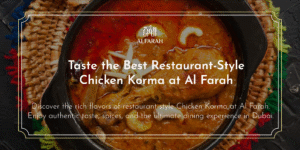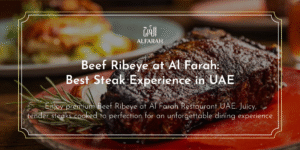Kibbeh Nayeh: Introduction
Kibbeh Nayeh, also known as Raw Kibbeh, is more than just a dish; it’s a culinary tradition that carries the essence of Middle Eastern hospitality and flavor. Known for its rich, savory taste and unique preparation, Kibbeh Nayeh holds a special place in the hearts of many. This dish, often described as the Middle Eastern steak tartare, is a testament to the region’s rich culinary heritage.
What is Kibbeh Nayeh?
Kibbeh Nayeh, which translates to “raw kibbeh,” is a traditional Lebanese dish made from finely minced raw lamb or beef mixed with bulgur wheat, onions, and a variety of spices. It’s served cold, often as part of a mezze platter, and is cherished for its delicate texture and robust flavors.
Ingredients of Kibbeh Nayeh
To create this exquisite dish, you’ll need:
- Main Ingredients:
- Fresh lamb or beef (preferably tenderloin or a similar cut)
- Fine bulgur wheat
- Onion
- Olive oil
- Fresh mint and basil
- Optional Additions:
- Pine nuts
- Green onions
- Various herbs (such as parsley and coriander)
Health Benefits and Nutritional Information
Kibbeh Nayeh isn’t just delicious; it’s also packed with nutrients. Here’s a quick look at its nutritional profile:
- Protein: The dish is high in protein, thanks to the lean meat used.
- Fiber: Bulgur wheat adds a good amount of dietary fiber.
- Vitamins and Minerals: Ingredients like onions and herbs contribute vitamins A, C, and various B vitamins, along with minerals like iron and zinc.
Consuming Raw Kibbeh can support muscle growth, improve digestion, and boost overall health due to its nutrient-rich components.
Traditional Preparation Methods
Traditionally, Raw Kibbeh is prepared with meticulous care. The meat is finely minced, often twice, to ensure a smooth texture. Historically, this was done by hand using a large, heavy knife, but modern kitchens may use grinders or food processors.
Step-by-Step Guide to Making Kibbeh Nayeh
Ingredient Preparation
- Meat: Ensure the meat is of the highest quality, free of fat and sinew.
- Bulgur Wheat: Soak the bulgur in water for about 20 minutes until it softens.
- Onions and Herbs: Finely chop the onions, mint, and other herbs.
Mixing and Seasoning
- Combine: Mix the meat, bulgur, and chopped onions in a large bowl.
- Season: Add salt, pepper, and any other desired spices. Common choices include cumin, allspice, and a touch of cinnamon.
- Olive Oil: Drizzle with olive oil for added moisture and flavor.
Serving Suggestions
Shape the mixture into small, bite-sized portions. Serve cold, garnished with fresh herbs and a drizzle of olive oil. Traditional accompaniments include pita bread, fresh vegetables, and a variety of mezze dishes.
Choosing the Right Meat
The quality of meat is paramount in Kibbeh Nayeh. Look for:
- Freshness: Ensure the meat is very fresh, ideally bought from a trusted butcher.
- Cut: Opt for tender cuts such as tenderloin or sirloin.
- Texture: The meat should be free of any gristle or fat.
Essential Spices and Seasonings
Spices are crucial in achieving the authentic taste of Kibbeh Nayeh. Essential spices include:
- Cumin: Adds a warm, earthy flavor.
- Allspice: Provides a hint of sweetness and complexity.
- Cinnamon: A small amount adds depth and a subtle hint of sweetness.
Serving Kibbeh Nayeh
Presentation is key when serving Kibbeh Nayeh. Here are some tips:
- Traditional Accompaniments: Serve with pita bread, fresh vegetables like cucumber and radish, and a variety of pickles.
- Garnishing: Fresh herbs, a drizzle of olive oil, and a sprinkle of pine nuts can enhance both the visual appeal and taste.
Pairing Kibbeh Nayeh with Drinks
To elevate the dining experience, consider these beverage pairings:
- Arak: A traditional anise-flavored spirit from the Levant.
- Wine: A light, crisp white wine or a delicate red can complement the flavors well.
- Non-Alcoholic: Mint lemonade or a refreshing yogurt drink like Ayran.
Variations of Kibbeh

Kibbeh comes in various forms across the Middle East:
- Kibbeh Bil Sanieh: Baked kibbeh, layered with meat and bulgur.
- Kibbeh Labanieh: Kibbeh cooked in a tangy yogurt sauce.
- Fried Kibbeh: Deep-fried kibbeh balls, crunchy on the outside and soft inside.
Cultural Significance of Kibbeh Nayeh
Kibbeh Nayeh is more than a dish; it’s a cultural symbol. It’s often served during special occasions and celebrations, symbolizing hospitality and the rich culinary traditions of the region. Sharing Kibbeh Nayeh is seen as an act of love and community.
Common Mistakes to Avoid
Making Kibbeh Nayeh can be tricky. Here are common pitfalls:
- Over-processing the Meat: This can ruin the texture, making it too pasty.
- Under-seasoning: Ensure enough spices are used to bring out the flavors.
- Using Low-Quality Meat: This can compromise both taste and safety.
The Art and Essence of Preparing Kibbeh Nayeh
Kibbeh Nayeh is a culinary gem that offers a unique blend of flavors and textures. Its preparation requires attention to detail, but the result is a dish that truly embodies the spirit of Middle Eastern cuisine. Whether you’re making it for a special occasion or just to explore new culinary horizons, Raw Kibbeh is sure to impress. Come experience the authentic flavors of Raw Nayeh and other Middle Eastern delights at Al Farah Restaurant. Join us for an unforgettable culinary journey!










